
This is what really happens during cremation, and it’s not pretty
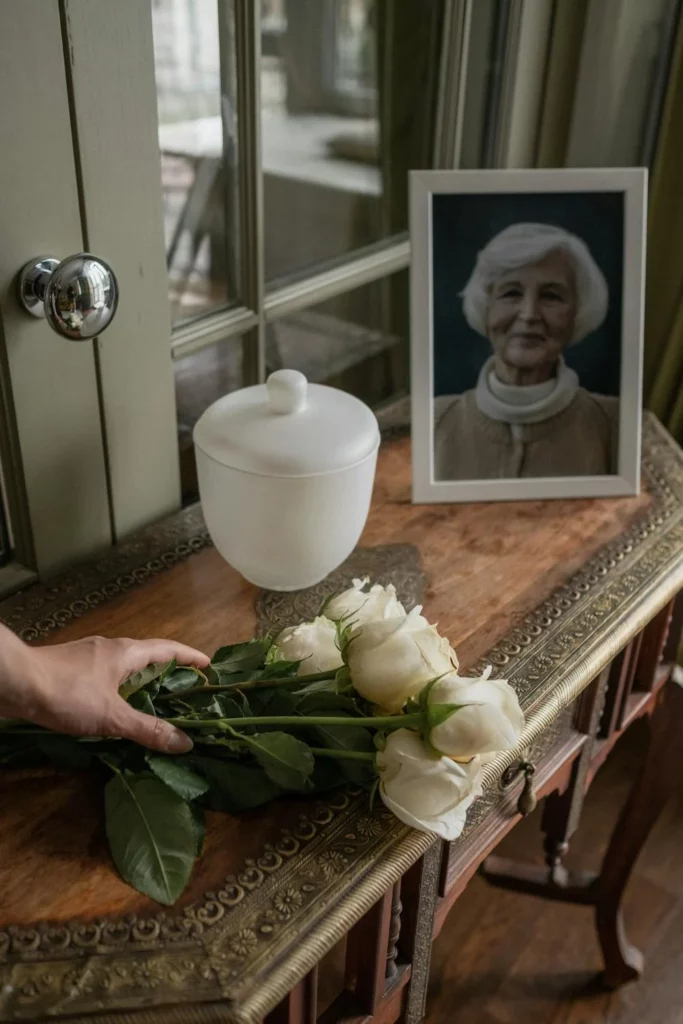
Although cremation remains taboo in many cultures and religions, it has become increasingly common in recent years as families seek alternatives to traditional burials. Despite its growing popularity, the process is still surrounded by myths and misconceptions—many of which fuel unnecessary fear.
To address these concerns, Lauren, a former funeral home worker known on TikTok as @lovee.miss.lauren, has taken to social media to walk her 2.5 million followers through the cremation process, answering questions that many people are too hesitant to ask.
“How Do I Know the Ashes Belong to My Loved One?”
Lauren says the most common question she receives is about identity and authenticity of ashes. She explains that each body brought to the crematory is assigned a unique metal identification plate.
This plate remains with the body throughout the entire process. After cremation, the ashes are placed into a bag with the correct label, accompanied by a cremation certificate bearing the person’s name and registration number. These strict protocols ensure families can be confident that the remains they receive are truly those of their loved one.
Questions People Are Afraid to Ask
Some of the questions Lauren receives might sound unusual but reflect genuine concerns. For example: “What happens if a woman dies while on her period? Is the tampon removed?”
Lauren clarifies that in most cases, if an autopsy is performed before cremation—or if embalming is required—the tampon is removed. Such procedures always follow professional protocols and are conducted with dignity and respect for the deceased.
Safety Checks Before Cremation
Louise Singer, manager at Bramcote Bereavement Services in the UK, has also spoken publicly about cremation procedures. She stresses the importance of pre-cremation checks to ensure no hazardous materials are present in the coffin.
Items like large metal objects or certain personal tributes must be removed, as they can interfere with the process. Of particular concern are pacemakers, which can explode under extreme heat—powerful enough to damage equipment or even lift a heavy cremation chamber.
The Cremation Process
Once all checks are completed, the coffin is placed inside a specially designed furnace, or cremator, where temperatures reach 800 to 1,000 degrees Celsius. The process typically takes around 90 minutes.
Technicians monitor the procedure closely, often through a small observation window, to ensure everything proceeds safely and respectfully.
After cooling, the remaining bone fragments are finely processed into ashes, placed in a container, and returned to the family.
Respect and Transparency
For many, learning about cremation helps reduce anxiety surrounding it. Far from being a mysterious or frightening procedure, cremation is carefully regulated, respectful, and carried out with compassion for grieving families.
Funeral directors encourage anyone with further questions to speak openly with them—transparency, they emphasize, is essential in building trust during one of life’s most difficult moments.
✨ Conclusion: While cremation may never replace traditional burial in every culture, understanding what really happens behind the scenes can replace fear with peace of mind. At its heart, cremation is not only a practical choice—it is a dignified farewell, carried out with care, precision, and respect for the life it honors.
News in the same category


The Windows 10 Wallpaper That Was Shockingly Real

Olympic Medal Turned Into a Miracle: The Selfless Act of Maria Andrejczyk

A Little Boy’s Silent Prayer That Touched the World

Bullied 7-Year-Old Boy Finds a Kindred Spirit in Cat With the Same Rare Conditions

Single Dad in Thailand Dresses as Mom to Support His Daughter

Man With Facial Disfigurement Asked to Leave Restaurant Before Sitting Down

She Had 43 Cosmetic Procedures To Become A Barbie Doll – Critics Say She Looks Like A ‘Zombie’

She believed it was just an ordinary photo — but zooming in revealed a shocking truth that turned her world upside down

Newly married couple tragically discovered dead in their car just weeks before celebrating their first anniversary

Sleeping Trick? Why Sticking One Foot Out Actually Works

Two best friends died hand in hand in an accident right before prom night

Divorce warning signs you might be ignoring

🌱 UBC Scientists Develop the World’s First Mushroom-Powered Waterless Toilet

Elon Musk: Building a Thriving Mars Colony Means 100,000 People, 1 Million Tons of Cargo and a Mission Beyond Just Arrival

October 21: Rare Green Comet Meets Orionid Meteor Shower in a Double Cosmic Spectacle

Indian Engineers Win Ig Nobel Prize for UV Shoe Rack That Kills Bacteria and Eliminates Odor

Nobel Prize 2025: Breakthrough Discovery Reveals How the Immune System Knows When to Stop Attacking Itself

GE’s Haliade-X: The World’s Most Powerful Wind Turbine Revolutionizing Clean Energy

Google Grants a Special Birthday Wish from a Little Girl
News Post

WHAT HAPPENS WHEN WE TONGUE KISS…See more

Nature’s Secret: 4 Healing Leaves That Support Metabolism, Immunity & Circulation Naturally

Don’t Drink Coconut Water Before You Know These 11 Secrets!
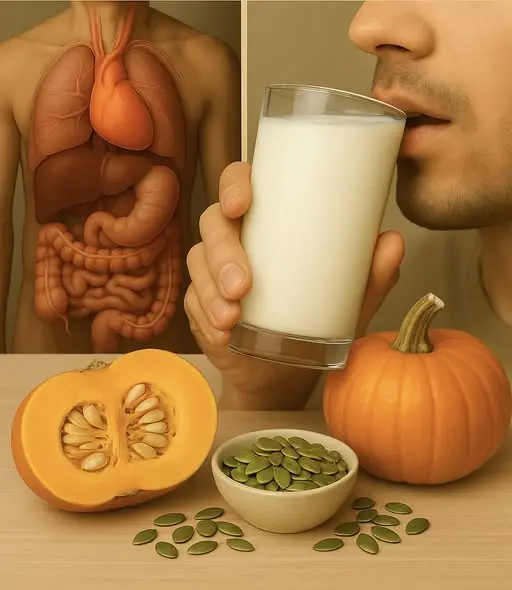
Pumpkin Seed Milk — The Natural Parasite Cleanser
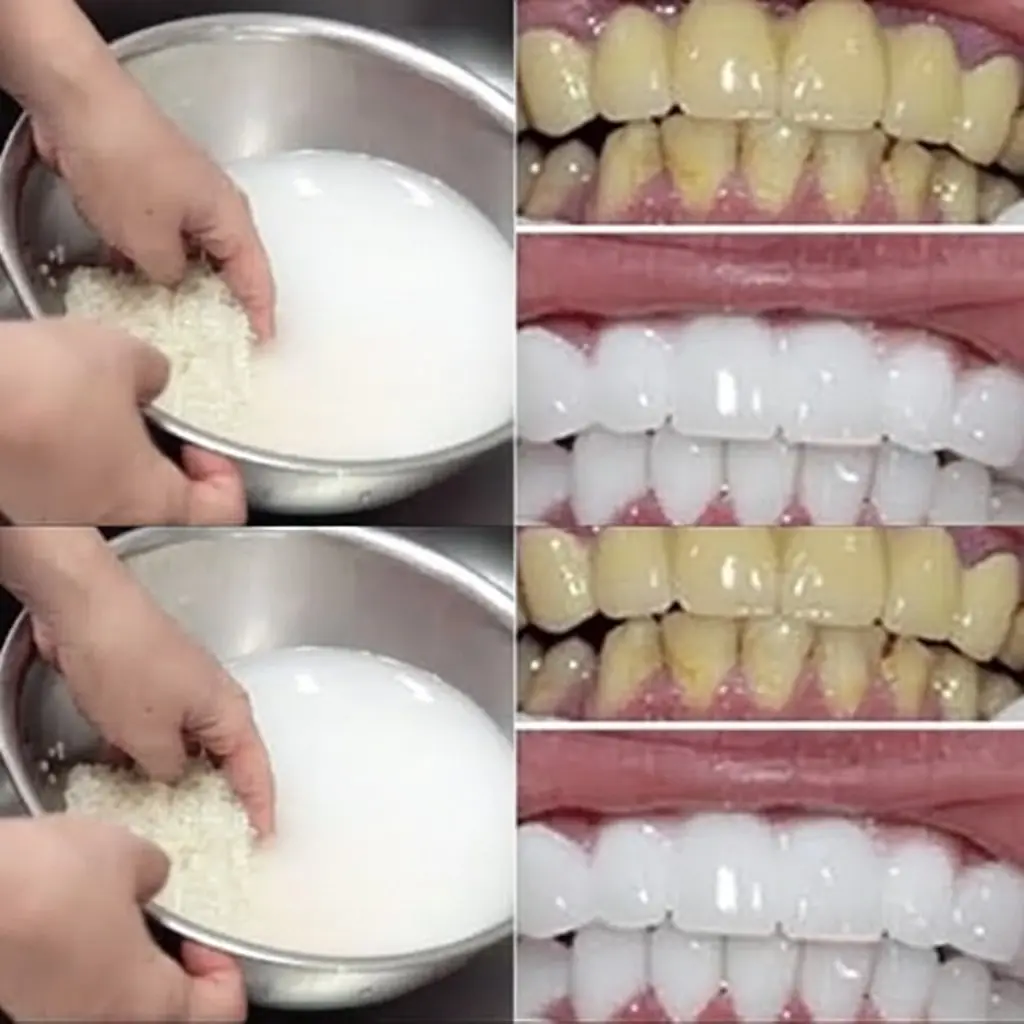
Fast Rice Water Trick for a Brighter Smile
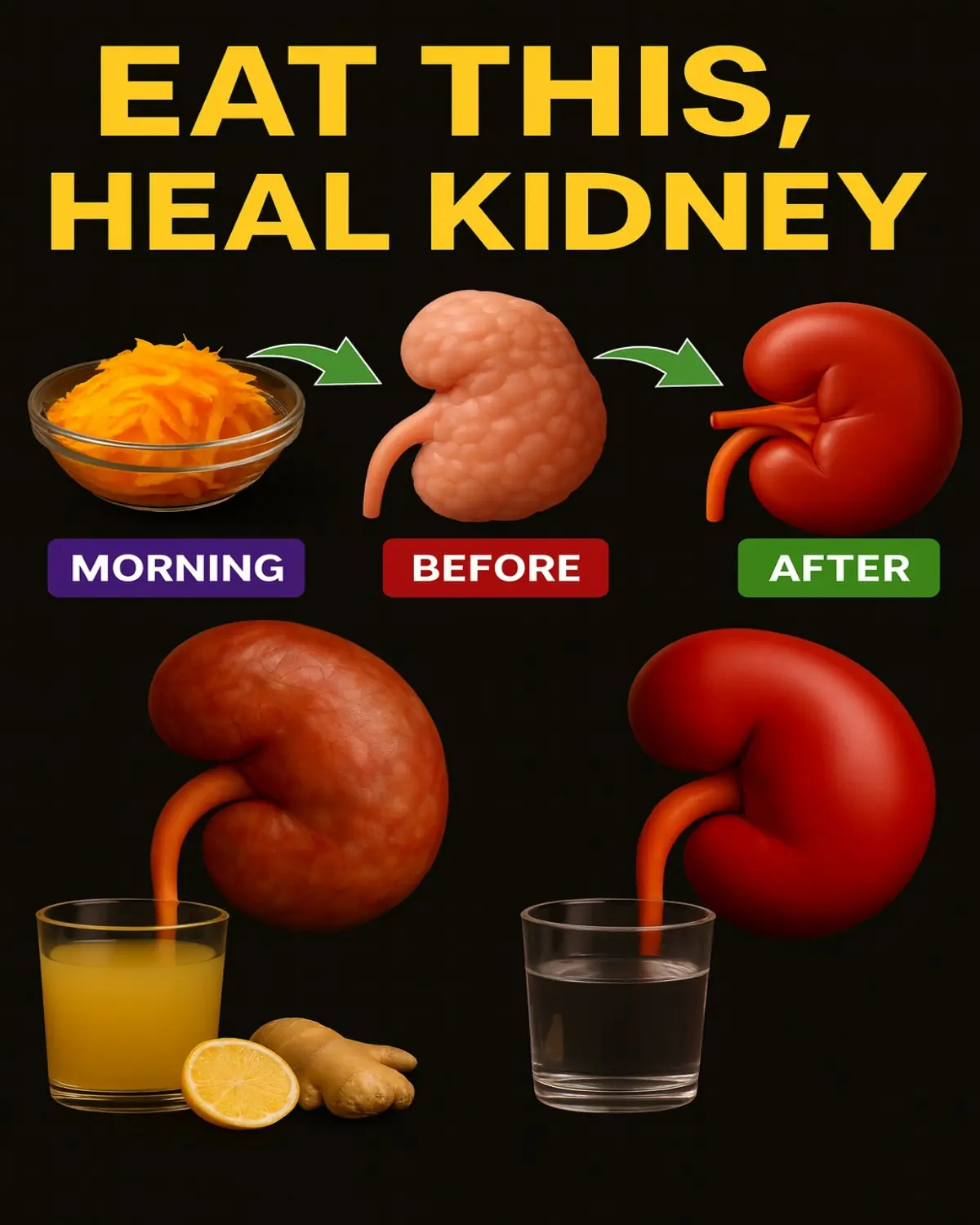
Morning Drink to Revive Your Kidneys Fast

The Onion Recipe That Could Transform Your Blood Sugar, Support Cleaner Arteries, and Protect Your Heart!

Top 4 Fruits That Help Your Kidneys Flush Out Toxins While You Sleep
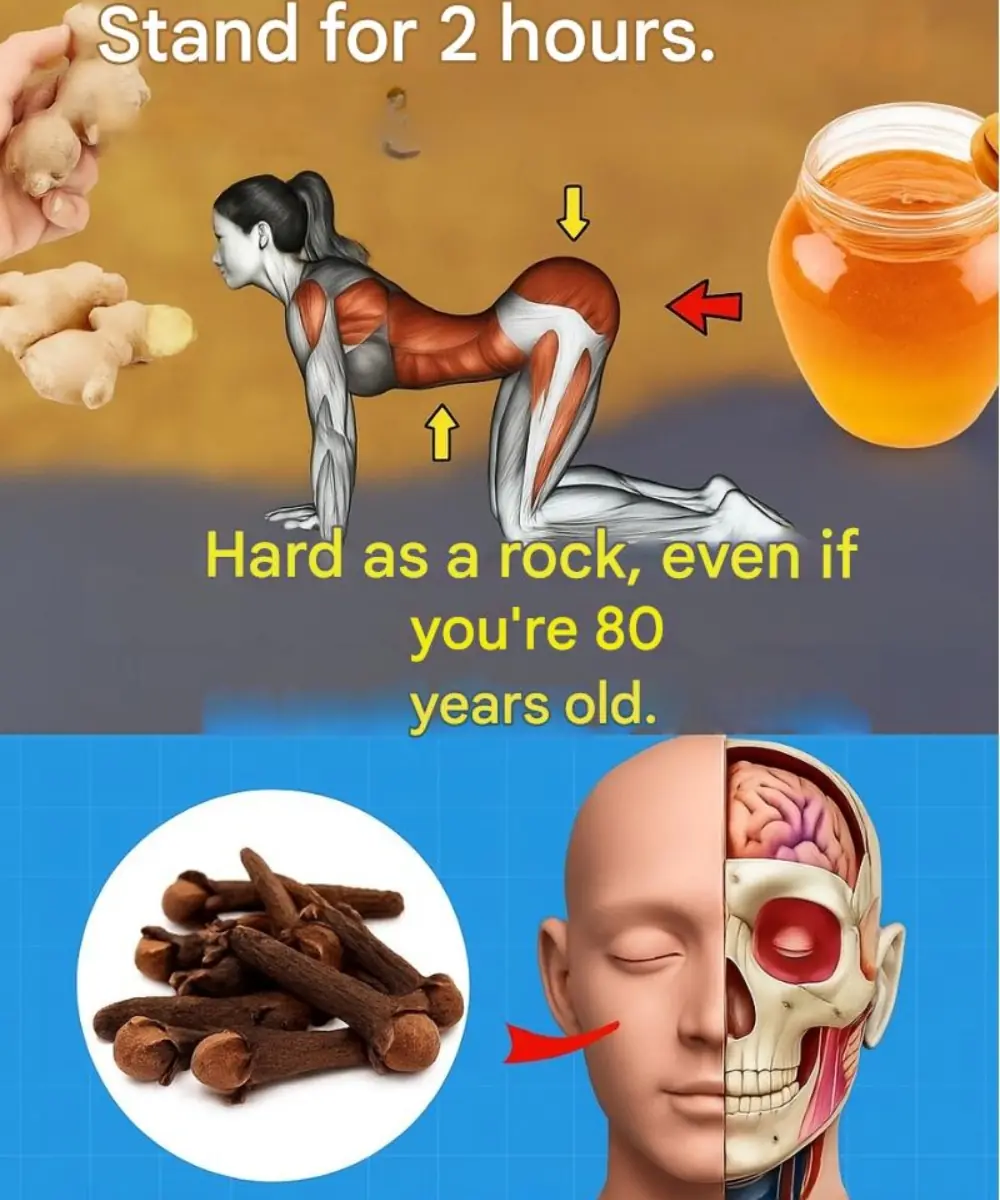
Ginger, Clove, and Honey: The Natural Trio Your Body Will Thank You For

Heal 15 Years of Joint Pain Naturally with Turmeric and Honey Tea

This Juice Revived My Grandma’s Energy — Say Goodbye to Fatigue and Body Pain with This Natural Recipe

The Benefits of Eating 2 Boiled Eggs Every Morning: Transform Your Health!

If Your Kidneys Are in Danger, Your Body Will Send You These 8 Signals — Don’t Ignore Them

The Surprising Effects of Avocado on Your Heart and Brain

Ways to Get Over a Man Who Didn’t Value You

I’m 66 but Look 36 — My Secret? Aloe Vera & Ginger for Firm, Smooth Skin
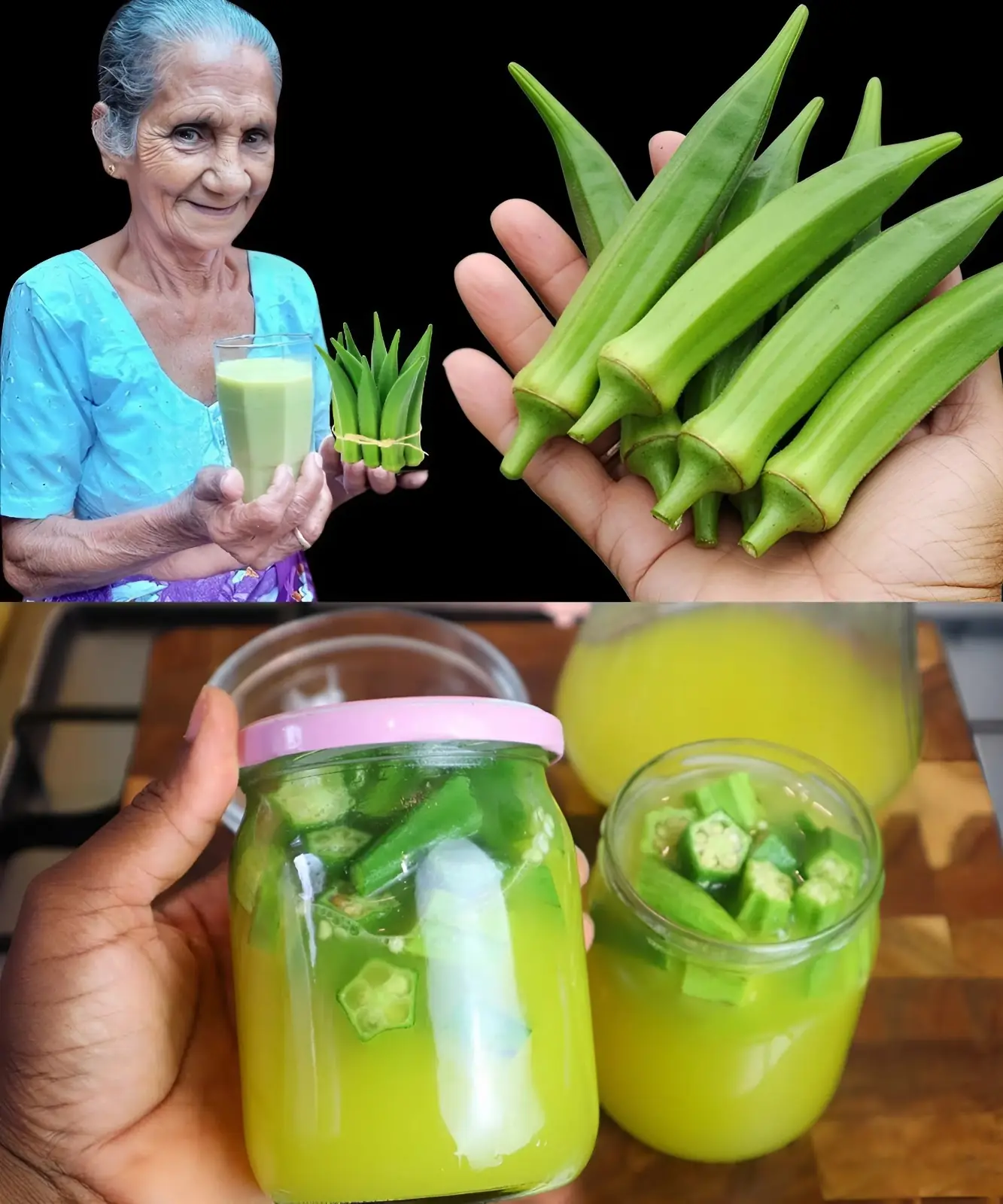
How to Make Okra Water to Treat 17 Health Problems Naturally

Banana and Egg Mask to Look Younger Even in Your 80s
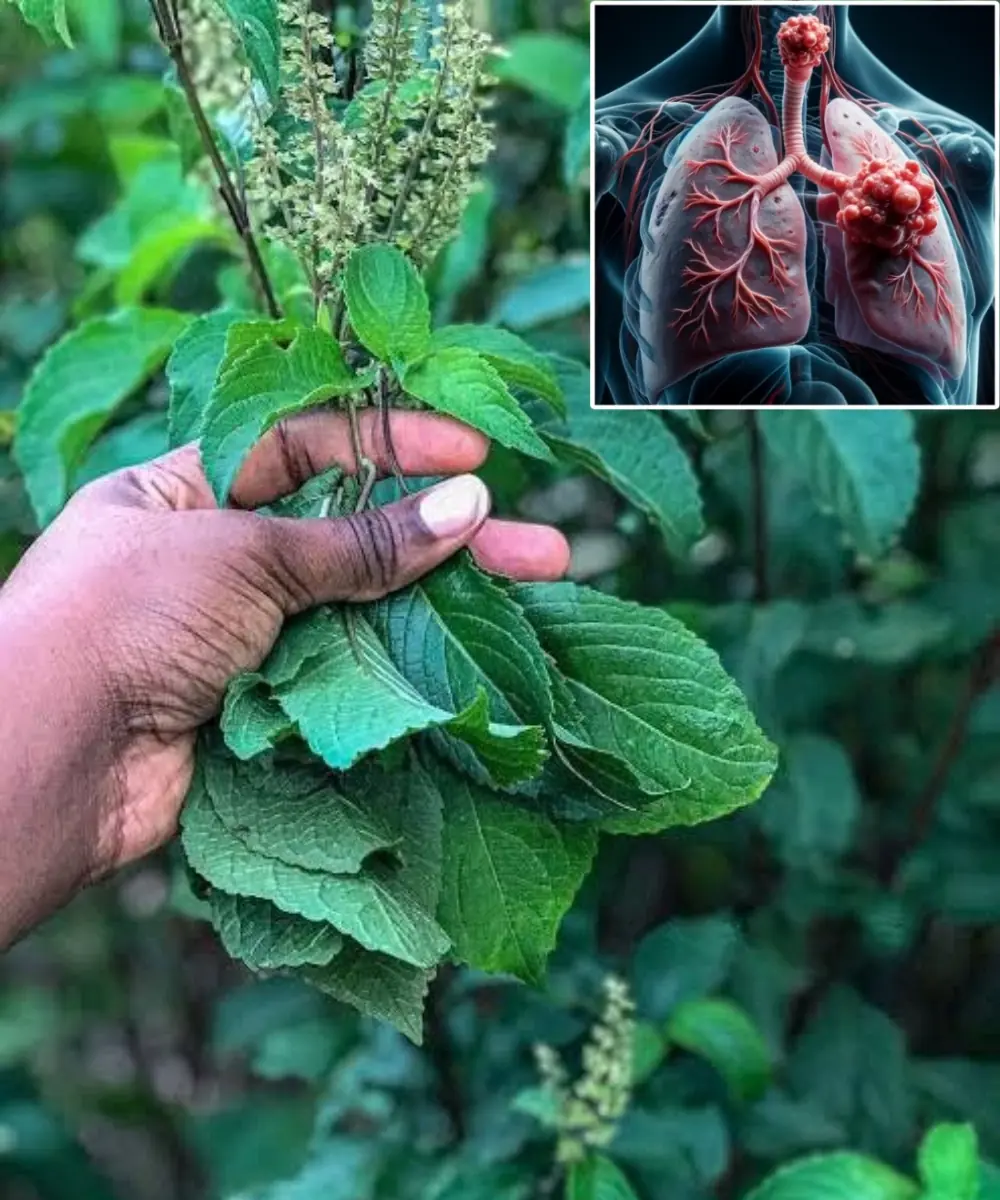
Scent Leaf Secrets Unveiled: 10 Surprising Health Benefits of This Miracle Herb
